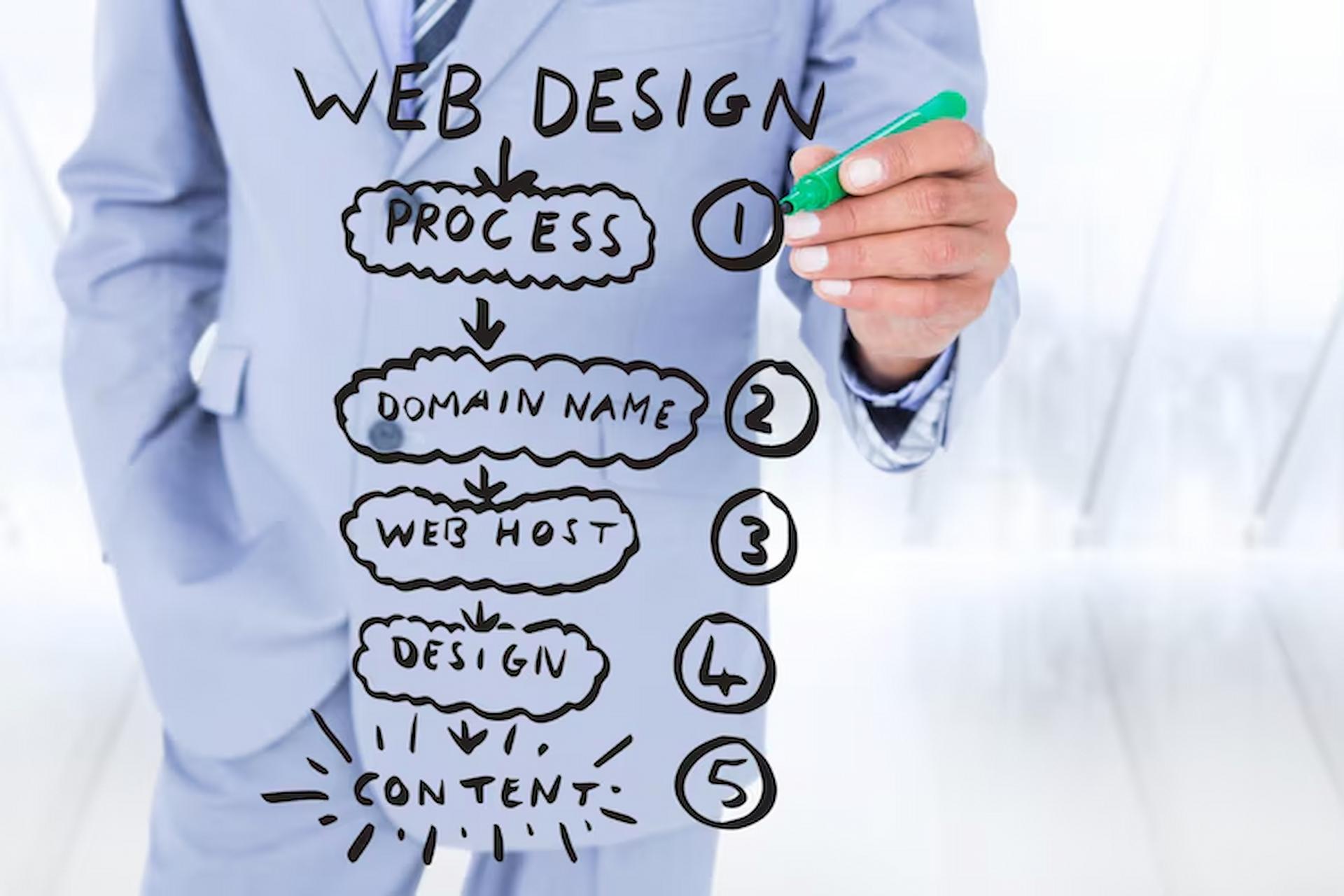Wondering what goes into making a great website? Our journey through a web design case study details the rigorous process, creative strategies, and technical expertise in developing an idea into a digital masterpiece. How we forge excellence in Web Design and raise the stakes in the Digital arena.
An effective website design is not a luxury but a requirement of every business seeking a strong online presence. This is a detailed case study on web design excellence. We take readers through the step-by-step process, the challenges faced, and the innovation in solutions that made the project a victorious feat. Be it an emerging designer, business proprietor, or even someone simply interested in the magic happening within a website, this inside look will be full of great insights and inspiration.
Get Familiar with the Project
Background on the Client
Our customer is an e-commerce platform on the rise that sells eco-friendly products. Their vision is to have a user-friendly, nice-looking website with high functionality. They set an objective of Engaging customers in an effortless online shopping experience while increasing their commitment to sustainability.
Objectives
Ensuring intuitive navigation and a seamless shopping journey
Visualisation of a finely groomed appearance that exudes the brand’s ethics.
Functionality: Easy product discovery and purchase features will be included.
SEO Optimization: A site structure that supports search engine optimisation would be built to drive organic traffic.
The Design Process
Research and Planning
Thorough research and planning were the first steps of our web design case study. Understanding the target audience, analysing competitor websites, and identifying industry trends is important to establishing a concrete foundation for the project.
User Research: Surveys and focus groups helped us understand the needs and preferences of this system’s future users.
Competitor Analysis: Deconstructing the competitors proved very helpful, highlighting some gaps and opportunities for entry.
Trend Analysis: We keep updated on the latest design trends so our approach remains unique and on par.
Wireframing and Prototyping
With a plan, we then proceeded with wireframing and prototyping. This process involved creating basic layouts to visualise a website’s structure and functionality.
Wireframes: Simple black-and-white sketches demarcating every element placement on every page.
Prototyping: Interactive models that permit usability and flow testing before the actual design is made.
Design and Development
Visual Design
After the prototypes were approved, a creative team of experts brought the vision to life. This stage focuses on effective design that transcends the brand identity.
Colour Scheme: Selection of colours that evoke emotions and connect with the message.
Typography: Selection of fonts that ensure readable typography and aesthetic enhancement.
Image making: High-quality images and graphics enhance the visual experience.
Technical Development
Parallel to the Visual Design, our developers started working on the technical aspects to ensure the website is functional, fast, and responsive.
Front-End Development: The coding of the website’s layout in HTML, CSS, and JavaScript.
Back-End Development: Setting up servers, databases, and application logic handling data and transactions.
Responsive design ensures the website appears well and works with all devices, from the biggest desktop computers to mobile phones.
Testing and Launch
Quality Assurance
Before launch, rigorous testing was done to ensure that everything worked perfectly. This includes:
Usability Testing may also involve collecting user feedback to establish navigation or functionality issues.
Performance Testing: The website was tested for speed and responsiveness in varying conditions.
Security Testing: Ensuring that appropriate security measures are in place for protecting user data.
Launch
After passing all the tests and receiving final approval from the client, we launched the website. This marked the end of our web design case study, but only the very beginning of the website.
Activities post-launch
Monitoring and Maintenance
After launching, we monitored the website’s performance further and continued to direct minor adjustments. Routine maintenance ensured that the site was secure, up-to-date, and optimised.
Analytics: Tracking user behaviour with tools like Google Analytics and improving based on the data received. Updates include fresh new content on the website and up-to-date features. Customer support involves routine support with the client to solve issues and implement new features if needed.
Outcome and Effect
The success was measured through metrics such as user engagement, conversion rates, and overall client satisfaction.
Increased traffic: The webpage received more organic traffic because higher conversion rates directly led to a better user experience and functionality, which drove higher conversion rates and increased sales.
Positive feedback: The website design and usability received kudos from the client and users alike—all products of our commitment to excellence in web design.
Conclusion
These steps are the broad outline of our journey through this case study of web design, evidencing meticulous planning, creative ingenuity, and technical expertise in attaining excellence in web design. We have developed a website with a perfect blend of user experience, visual appeal, and functionality, meeting and exceeding the client’s expectations. One such case study is the epitome of what effective web design can do in today’s time.





